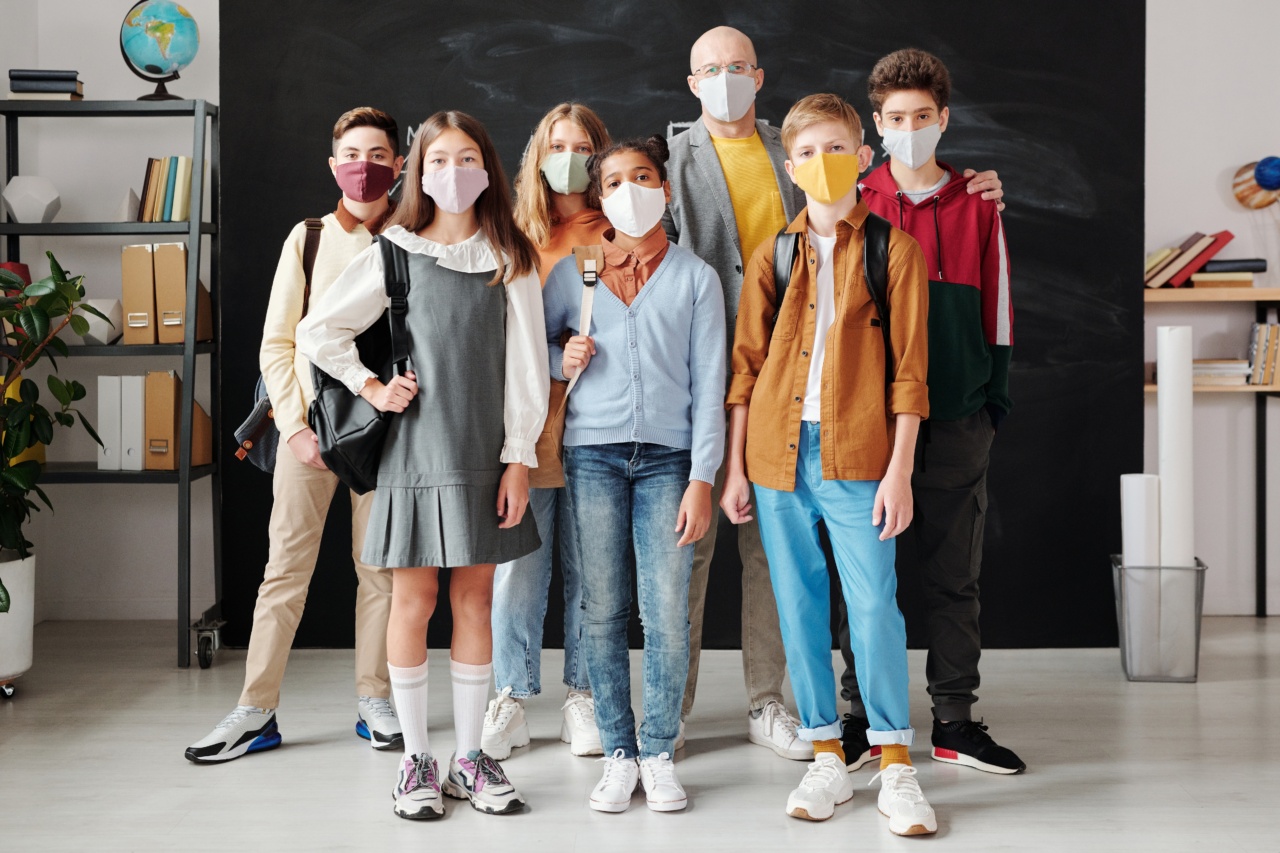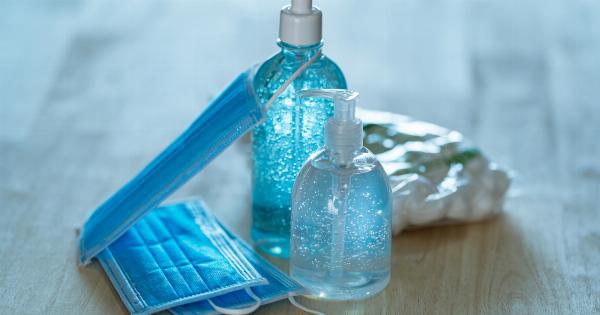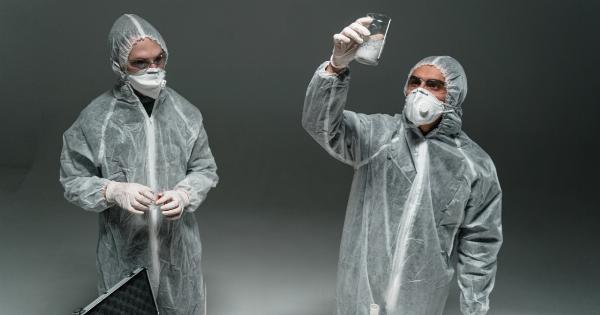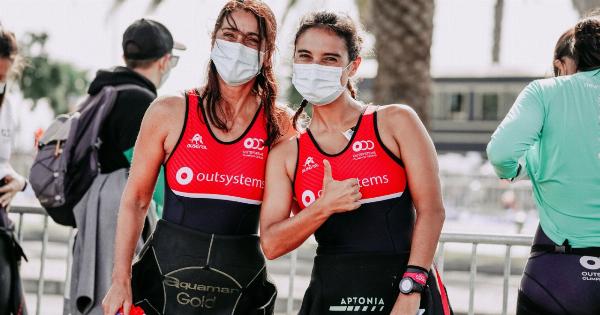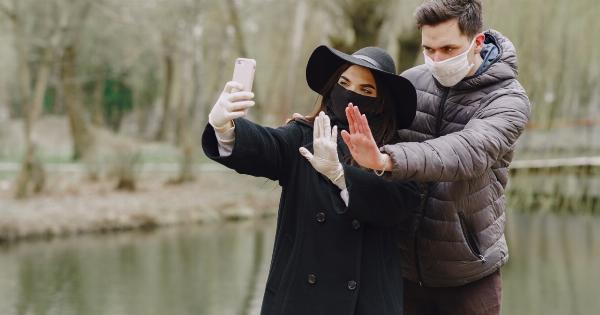As schools all over the world reopen amidst the pandemic, many are implementing measures to ensure the safety and health of their students, teachers, and staff.
One of the most crucial preventive measures is the use of masks, which has been proven to be effective in reducing the spread of the virus. In this ultimate guide, we will discuss everything students need to know about wearing masks in school.
When and where to wear a mask?
Students are required to wear a mask in all areas of the school, including classrooms, hallways, restrooms, and other communal spaces.
Masks should be worn at all times except when eating, drinking, or engaging in outdoor activities where social distancing can be observed.
It is important to wear a mask not only to protect oneself but also to protect others.
Asymptomatic individuals can easily spread the virus without knowing it, so wearing a mask is a way to prevent the spread to others, especially those who are more vulnerable such as older adults, people with underlying health conditions, and those who have weakened immune systems.
Types of Masks
When it comes to masks, not all masks are created equal. There are different types of masks available, and each has its own level of effectiveness and suitability depending on the situation.
Cloth masks
Cloth masks are the most widely used type of mask as they are affordable, reusable, and easy to make. They provide a basic level of protection and can help reduce the spread of the virus if used properly.
Cloth masks should be made with at least two layers of breathable fabric and have ear loops or ties that secure them behind the head. They should be washed regularly with soap and water.
Surgical masks
Surgical masks are also known as medical masks, and they are disposable masks that are commonly used by medical professionals. They provide a higher level of protection than cloth masks and are more effective in filtering out droplets in the air.
However, they are not intended for long-term use and should be disposed of after one use.
N95 masks
N95 masks are the most effective type of mask as they can filter out at least 95% of airborne particles, including the virus.
However, they are also the most expensive and are usually reserved for medical professionals who are in direct contact with patients with COVID-19. They require proper fitting and training to use effectively.
How to wear a mask
Wearing a mask may seem straightforward, but there are proper ways to wear a mask to ensure maximum protection.
Wash your hands
Before putting on a mask, make sure to wash your hands with soap and water or use an alcohol-based hand sanitizer. This ensures that your hands are clean and free of germs before handling the mask.
Place the mask over your nose and mouth
Make sure that the mask covers your nose and mouth completely. The mask should fit snugly but comfortably against the sides of your face, with no gaps.
Secure the mask in place
If the mask has ear loops, secure them behind your ears. If it has ties, tie them securely behind your head.
Do not touch the mask while wearing it
Once the mask is on, avoid touching it while wearing it. Touching the mask can transfer germs from your hands to the mask, making it less effective. If you need to adjust the mask, do so by touching only the ear loops or ties.
Remove the mask properly
To remove the mask, make sure to do it properly. Remove the ear loops or ties without touching the front of the mask. Discard disposable masks immediately, and wash reusable masks after each use. Wash your hands after removing the mask.
Mask Etiquette in School
Wearing a mask is not only about protecting oneself but also about showing consideration and respect to others. Here are some mask etiquette tips to keep in mind:.
Be aware of mask-wearing policies in school
Be familiar with the school’s policies on masks, and follow them accordingly. This includes where masks should be worn and when they can be removed.
Wear the mask properly
Make sure that the mask is worn properly, covering both the nose and mouth. Avoid touching the mask while it is on, and adjust it by touching only the ear loops or ties.
Do not share masks
Sharing masks is not advisable as it can increase the risk of spreading the virus. Each person should have their own clean mask.
Keep spare masks on hand
It is always a good idea to have spare masks on hand in case the mask becomes soiled or unusable. Keep them in a clean, hygienic place.
Be considerate of others
Remember that wearing a mask is not only for your protection but also for the protection of others. Be considerate of those around you by following mask etiquette and wearing a mask at all times.
The Importance of Masks in Schools
The importance of wearing masks in schools cannot be overstated. It is a crucial preventive measure in reducing the spread of the virus and protecting the health and safety of everyone in the school community.
By wearing a mask, students can continue to attend school and access education while minimizing the risk of contracting COVID-19. It also helps keep schools open and prevents the need for sudden closures due to outbreaks.
Additionally, wearing a mask helps students develop a sense of responsibility and civic duty. It teaches them the importance of taking care of themselves and those around them, and how they can contribute to stopping the spread of the virus.
Conclusion
Wearing a mask is an important preventive measure in reducing the spread of COVID-19 in schools. It is crucial that students understand the importance of wearing a mask, and how to wear it properly and follow mask etiquette.
By working together and following these guidelines, we can help keep our schools safe and healthy during these challenging times.
